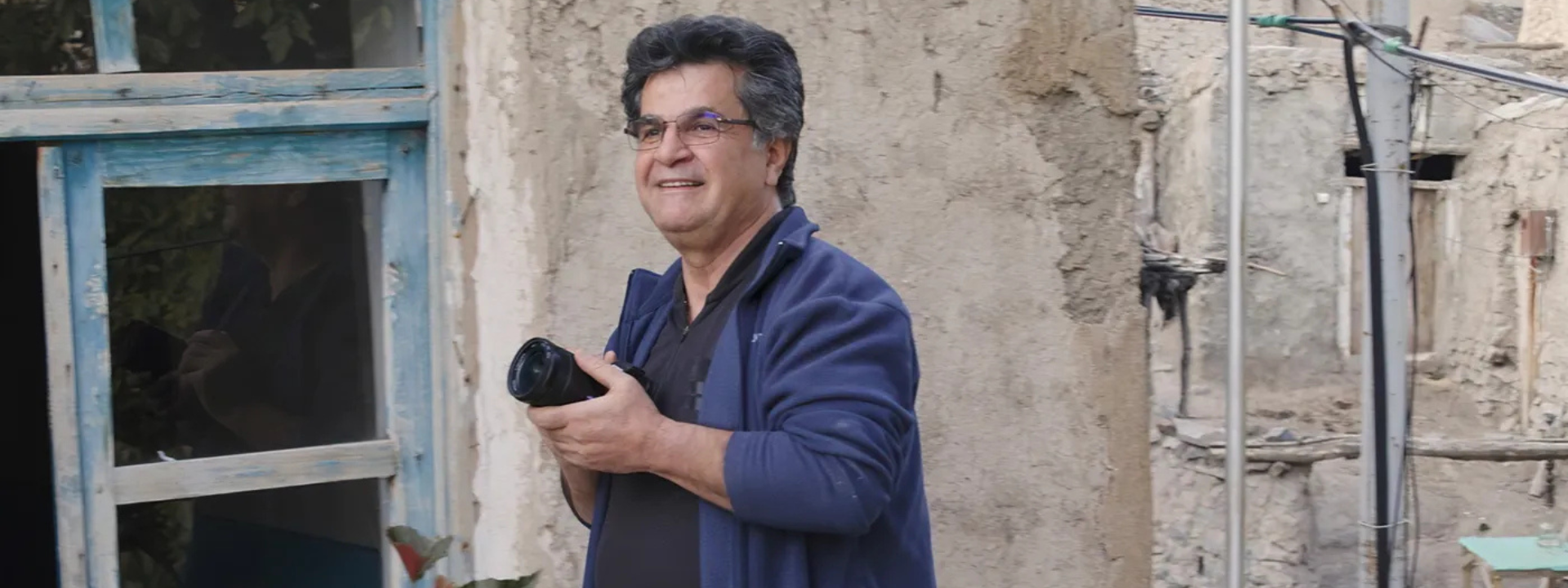Midnight Cinema

As early as the 1930s, certain theaters screened low-budget films at midnight, mainly as roadshow attractions. In the 1950s some local American television channels stuck genre films into late night slots in a move to enhance distribution of exploitation cinema, and which gave rise to the term “midnight movie”.
The Pioneering Era (1970s)

Skipping the 1960s, the legendary era of midnight movies took flight in the 1970s. Urban American art house theaters, especially in New York, became the epicenter for screening oddball, unorthodox films at midnight. The Elgin theater premiered Jodorowsky’s El Topo, followed by the success of Peter Bogdanovich’s Targets.
Drive-ins and Midnight Movies: A Cultural Shift

While midnight movie screenings are essentially a rite of passage now for modern-day film lovers, that wasn’t always the case. Prior to the late ‘60s, if you wanted to see a flick that had all the trappings of a future cult classic, your best bet was to head to the local drive-in.
“Drive-in movies started as mom-and-pop operations,” Joe Bob Briggs, legendary film critic and host of The Last Drive-In with Joe Bob Briggs, explains. “They didn’t have the clout of the major studios, so they couldn’t get those big-budget movies in the ‘50s.”
Instead, according to Briggs, drive-in operators relied on “naughty movies” like those made by Roger Corman and American International Pictures to fill their lots. Focused on controversial themes like juvenile delinquency, sex, and rock n’ roll, these “wild youth-type” drive-in flicks were culturally taboo and ignored by mainstream critics, but they filled a certain void, too.
The Counterculture Influence

Midnight movies were somewhat different, both in terms of how they developed and who they often appealed to. According to Briggs, the midnight movie experience only really got popular in the late ‘60s as an outgrowth of the hippie revolution. “In the early days of the midnight movie, it was kind of part of the drug culture, or at least, part of the counterculture,” he explains, citing underground flicks like Reefer Madness (1936)—which was rediscovered in the ‘70s, and which Briggs credits as the “first really successful midnight movie”—and El Topo (1970) as early examples. “[Reefer Madness] was hysterical, and it was still hysterical if you watched it when you were high,” he says.
Characteristics of Midnight Movies

But as the popularity of midnight movies grew throughout the 1970s thanks to films like The Rocky Horror Picture Show (1975) and Eraserhead (1977), audience tastes grew and changed as well. “ In general, the midnight movie had to be extremely quirky. It had to be so weird that it was almost one-of-a-kind. And it had to be a movie that was better when watched with a crowd—the crowd participation was a big part of that experience,” Briggs says.
Lynch's Cinematic Dreamscape

A permanent fixture on the midnight movie circuit in the 1970s and ‘80s, Eraserhead taught generations of adventurous viewers that movies were capable of so much more than what ordinary audiences were used to. In the film, Lynch creates a haunting, industrial netherworld in which his happy-haired protagonist (Jack Nance) moves, a permanent mixture of befuddlement and fear playing out on his face as he confronts responsibility, love, loss, and death.
The midnight movie circuit was what saved or brought a lot of films to the public. You know, the word Eraserhead was on a marquee of many, many theaters for years. Whether people saw the film or not, they’d see the name, and it just went into their collective consciousness. It was the most beautiful thing for independent cinema and art-house cinema, this idea of running films at midnight. It was really important for Eraserhead. Ben Barenholtz, they call him “the grandfather of the midnight film” — if it wasn’t for Ben, I don’t think Eraserhead would have been discovered at all. -David Lynch, Vulture Interview, 2014
Eraserhead (1977)

David Lynch's first feature is a dreamy, absurdist horror story staring JACK NANCE as Henry, a man whose simple life is turned on its head when his girlfriend announces she is pregnant. A series of dark events and encounters (including flapping bonsai roast chickens and a girl who lives in a radiator) help drive our hero into distress and darkness, evoking many images and moods that would be echoed in all of the directors' subsequent work, including all the quirky, comic undertones that he is known and loved for.
Grainy black and white film captures an inspired use of light and shade- making the best of the production's meager budget, and a droning, industrial soundtrack- that must be experienced at the cinema to be fully appreciated- all helped to render this film a highly influential cult classic. Do not miss this opportunity to catch this midnight movie as it was meant to be seen!
Get Tickets for Eraserhead (1977)
To learn more;
https://cubecinema.com/id/1196/
https://www.vulture.com/2014/09/david-lynch-interview-eraserhead-midnight-movies.html
https://www.mentalfloss.com/posts/joe-bob-briggs-midnight-movie-history




%402x.svg)